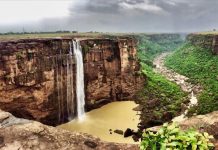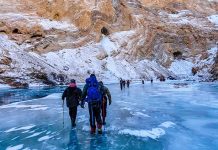On the edge of your seats, with bated breath, you wait for the king of the jungle to show up! National parks, wildlife sanctuaries and game reserves of India can claim to offer enthusiastic travelers a tryst with the wild, as well as the excitement of coming face to face with wild animals, and that too in their natural habitat.
There are nearly 400 such national parks in India, and each one of them has something unique to offer, be it the tiger or lion sightings, rhino or elephant spotting, or any of the other predators and prey animals!
10 Incredible National Parks In India One Must Visit
Take a look at this list of the best national parks and wildlife sanctuaries in India, before you decide to go on a wildlife watching spree.
1. Jim Corbett National Park
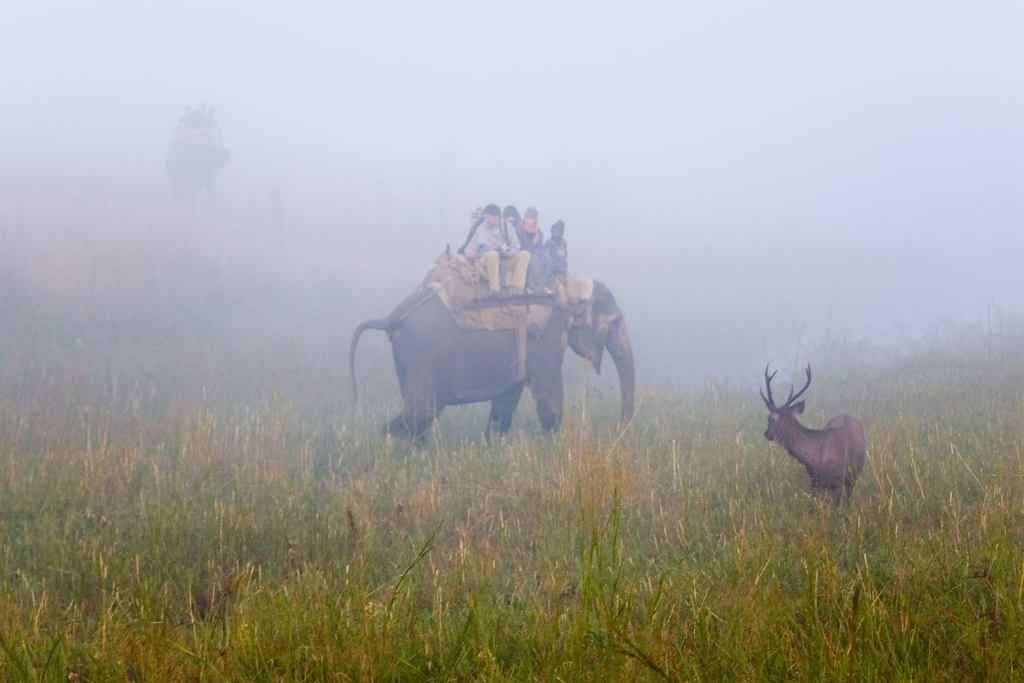
 Located close to Nainital, Jim Corbett National Park is a favorite destination for people looking to spot tigers, making it one of the important national parks in India. Other animals to be spotted here include several species of deer, leopards, jackals, red foxes, black bear, sloth bear, and monkeys. Tourists can book jeep safaris for early morning and afternoons.
Located close to Nainital, Jim Corbett National Park is a favorite destination for people looking to spot tigers, making it one of the important national parks in India. Other animals to be spotted here include several species of deer, leopards, jackals, red foxes, black bear, sloth bear, and monkeys. Tourists can book jeep safaris for early morning and afternoons.
The park is divided into four separate zones, known as Durgadevi, Dhikala, Jhirna, and Bijrani, sprawled across an area of 520 square kilometers. All four of these are ideal for spotting a tiger in its natural habitat.
There is also an option for trekking around the park, albeit in the company of a guide.
Best season to visit: November to June.
How to get there: Well connected by road and rail to Delhi, Nainital, Moradabad and others.
Price: INR 4000 per jeep, maximum 6 people allowed in one jeep.
2. Kaziranga
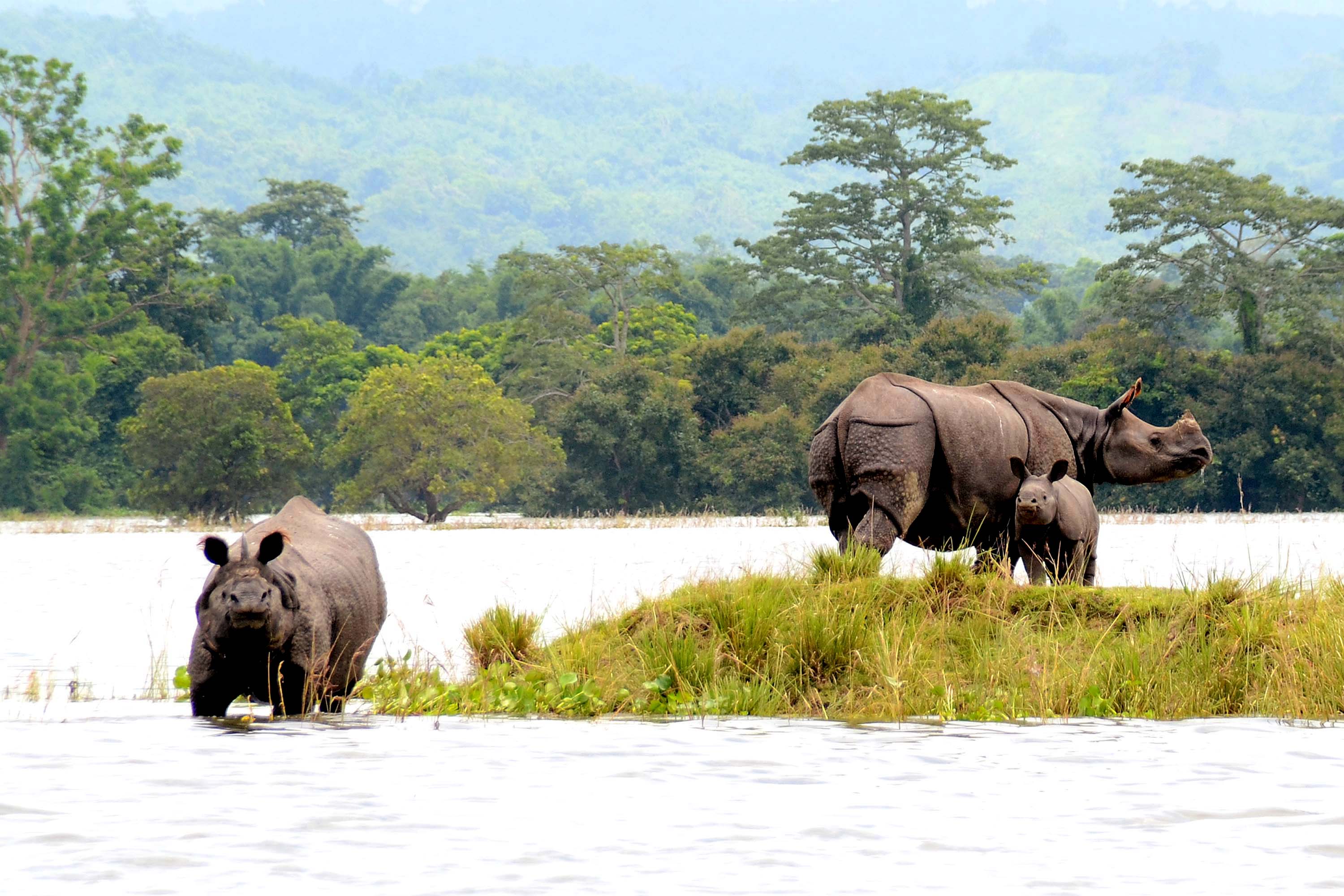
 Popularized as the home of the “Big Five”, Kaziranga National Park is the perfect place to spot a few wild animals such as Rhinoceros, Tiger, Elephant, Wild Buffalo and Swamp Deer.
Popularized as the home of the “Big Five”, Kaziranga National Park is the perfect place to spot a few wild animals such as Rhinoceros, Tiger, Elephant, Wild Buffalo and Swamp Deer.
Covering an area of 378 sq km, the park also offers shelter to bears, leopards, and several species of local and migratory birds, but the biggest attractions remains the one horned Rhino.
UNESCO declared it to be a World Heritage Site, due to it residing in an Eastern Himalayan biodiversity hotspot, making it one of the most diverse national parks of India. Tourists can opt to enjoy jeep safari in the early morning or afternoon; elephant safaris in the early morning are also available.
Best season to visit: November to April.
How to get there: Well connected to Kohara, the closest town, by road.
Price: Around 1200 INR for Indians, and 2000 INR for foreigners.
3. Gir Forest National Park
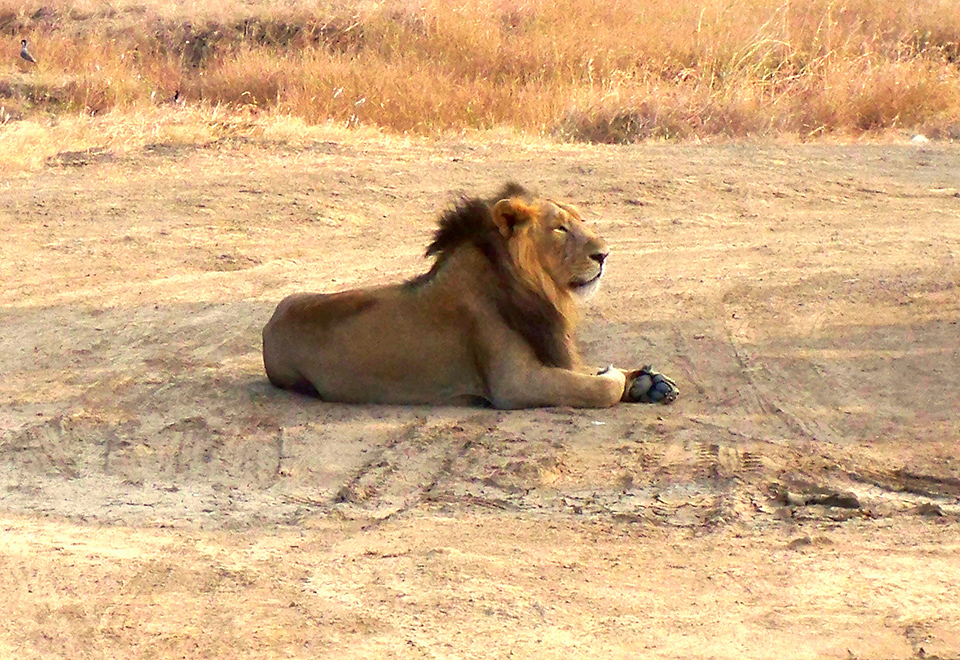

Located in Gujarat, the Gir Forest National Park and Wildlife Sanctuary is one of the best places to spot wild Asiatic lions in their natural habitat. It used to be the hunting reserve for the Nawabs of Junagadh before it was turned into a sanctuary in the year 1990.
When it was started, there were a mere 12 lions here, and the number has now grown to reach nearly 600. Other animals that one might spot here include sambar, chinkara, chital, porcupine, wild boar, black buck and others. Tourists can enjoy jeep safaris here, towards early mornings, afternoons and early evenings.
Best season to visit: December to March.
How to get there: Well connected by roads to Rajkot and other cities.
Price: INR 4500 per jeep, maximum 6 people allowed in one jeep.
4. Sundarban National Park
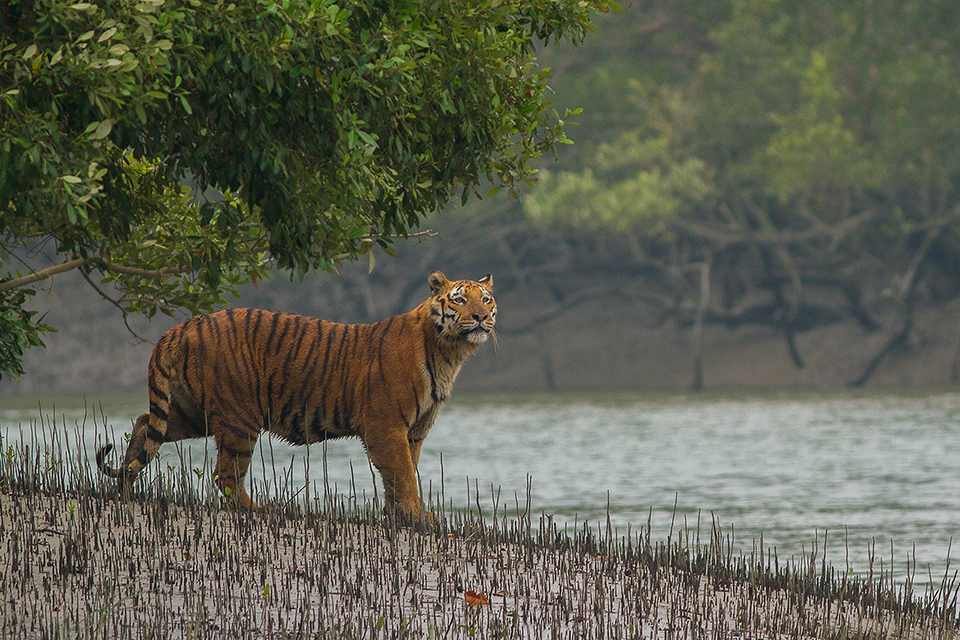

Located in West Bengal, the Sundarban National Park is a Tiger and Biosphere Reserve on the Ganges Delta. Its signature mangrove forest, is a particularly popular attraction here, making it one of the most visited national parks and wildlife sanctuaries in India.
One can spot Bengal tiger, saltwater crocodile, wild boars, foxes, leopard cats, huge turtles, Ganges river dolphins and several other varieties of mammals and reptiles, along with a huge variety of local and migratory birds.
The only way to travel around and across the park is by boat; there are no jeep safari or walking tours available. Another unique aspect of this national park is that the tigers have developed the ability to swim in the saline waters here. With ease, one can spot tigers sunbathing on the river banks during November to February.
Best season to visit: December to February, the park remains open from September to March.
How to get there: Gosaba is the nearest town from where it is connected by road. Tourists can also take the motor boat from Canning, which is the nearest railway station.
Price: Entry for Indians is free, although hiring a boat will cost you between 1000 to 2000 INR for a day.
5. Satpura National Park


Covering an area of 524 sq km, Satpura National Park is home to a terrain most unique, with sandstone peaks, dense forests, narrow gorges and deep ravines. One can spot a large variety of wildlife here, including leopards, wild boar, bears, black buck, several kinds of deer, and a several species of birds. There have also been sightings of tigers and barasinghas.
Tourists can book jeep or elephant safari, and even enjoy boating and walking tours. There are different routes for the jeep safari, with options to stay overnight at a camp on some of the routes.
Best season to visit: October to April.
How to get there: The nearest town, Pachmarhi is well connected via road. The nearest railway station is Piparia, also well connected by road.
Price: From INR 2750 to 7000, depending on which route you take.
6. Eravikulam National Park
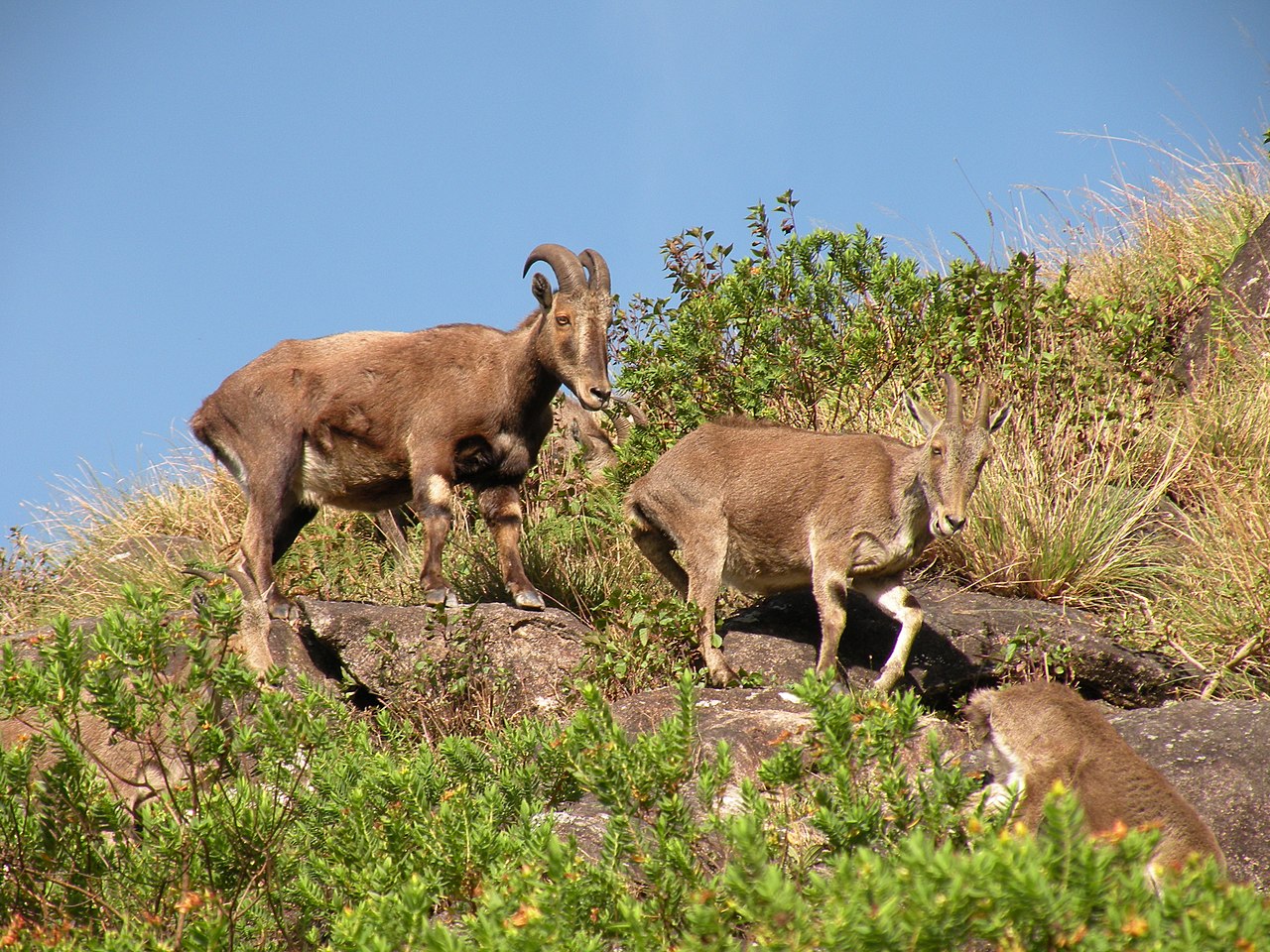

Spread across an area of 97 sq km, Eravikulam National Park in Munnar offers protection to the endangered Nilgiri Thar. One of the most scenic national parks in south India, it is also home to elephants, deer, jackals, leopards, tiger, otters, mongoose, and a huge variety of birds and butterflies. The national park is also home to Anamudi Peak, the highest peak in South India.
A unique aspect of this national park is the blooming of the Neelakurinji, a plant that blooms once every 12 years, and turns the entire forest a deep shade of blue. Tourists can enjoy the beauty of the rolling hills and wildlife on safari buses. Tourists can also enjoy early morning and evening treks,
Best season to visit: September to November, and April to June.
How to get there: It is a mere 15 km from Munnar, and well connected by road.
Price: INR 100 for Indians, and INR 360 for foreigners.
7. Pench National Park
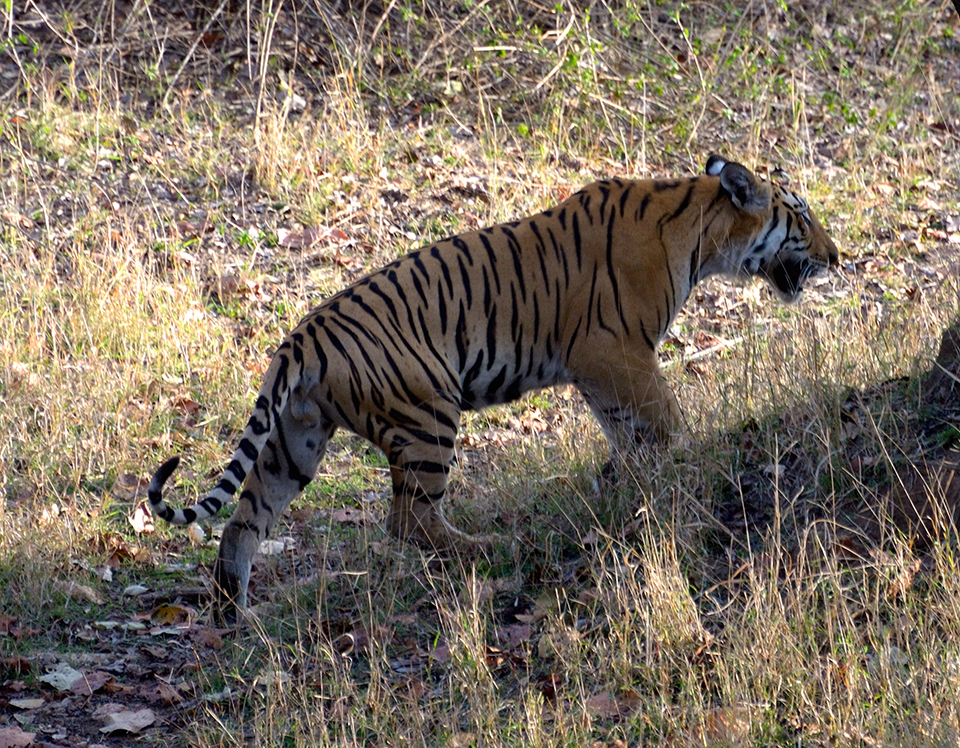

Another worth-a-visit national park in Madhya Pradesh is the Pench National Park, which is a haven for Royal Bengal Tigers. The park is also popular among adventure enthusiasts for rafting. It is also the setting for Rudyard Kipling’s famous novel “The Jungle Book”. Truly, one of the top national parks in India.
Although there are less than 50 tigers in the park currently, daily sightings are reported. Other wild animals that one might spot here include deer, elephant, wild boar, wolf, sloth bear, leopard, fox, striped hyena, and much more.
Best time to visit: November to May.
How to get there: Seoni, the closest city, is well connected by road.
Price: Under INR 100 for Indians with guide, INR 150 per vehicle for foreigners.
8. Sariska National Park
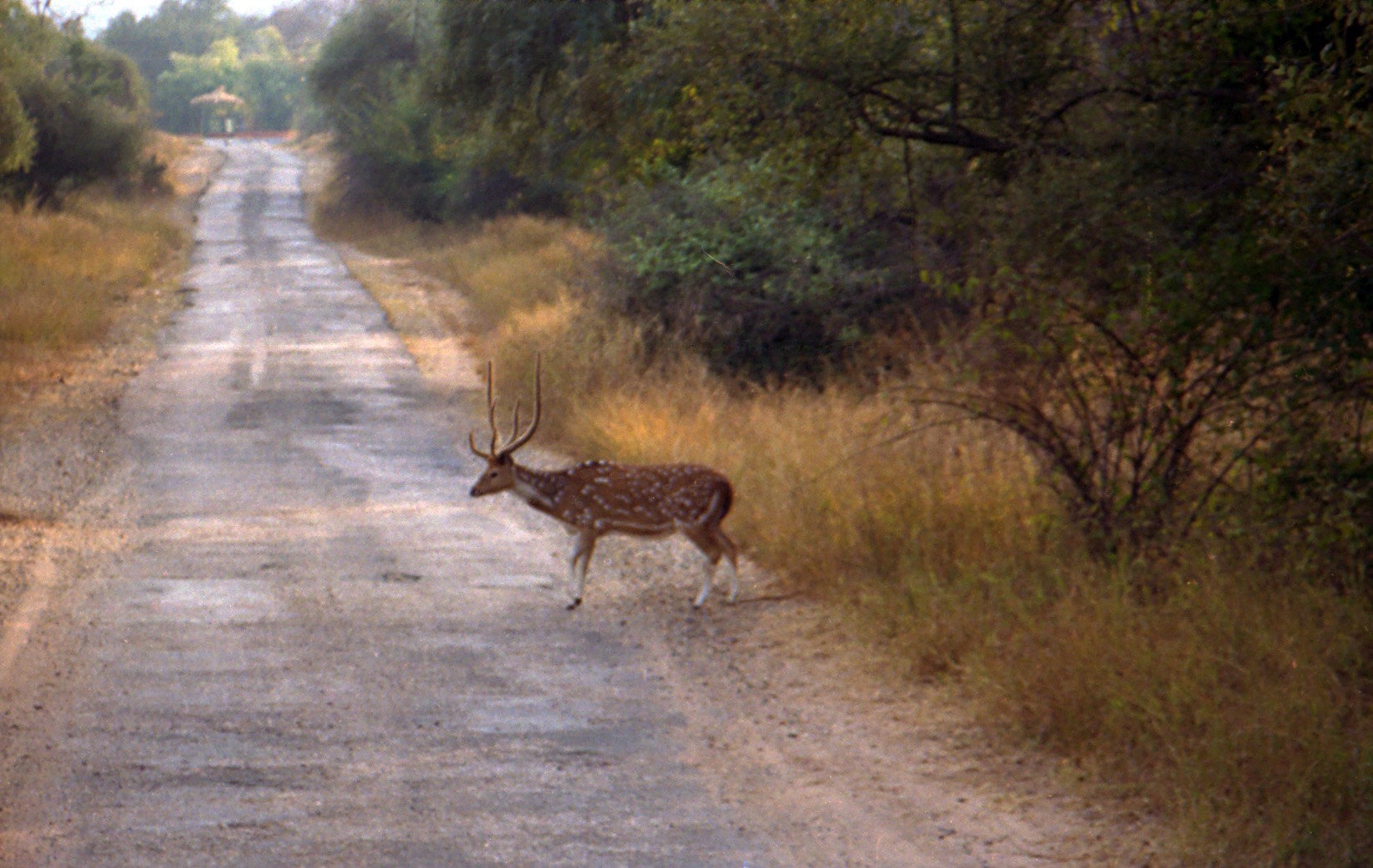

The Sariska National Park is a refuge for Royal Bengal Tigers, located in Rajasthan. It is sprawled across an area of 866 sq km and supports a rocky landscape. The scrub thorns in the forest make it easier for tourists to spot the elusive “king of the jungle”.
Other animals that one might spot here include leopards, striped hyenas, wild boars, jackals, serpent eagles, monkeys, hares, as well as several varieties of deer. Jeep safaris are available for tourists to traverse the park. Visitors can also choose to book a “hide” overlooking a watering hole, for chances of spotting wildlife from us close.
Best time to visit: October to June.
How to get there: Well connected by road to Hindaun, Jaipur, and Delhi.
Price: Under INR 100 for Indians, INR 470 for foreigners.
9. Kanha National Park
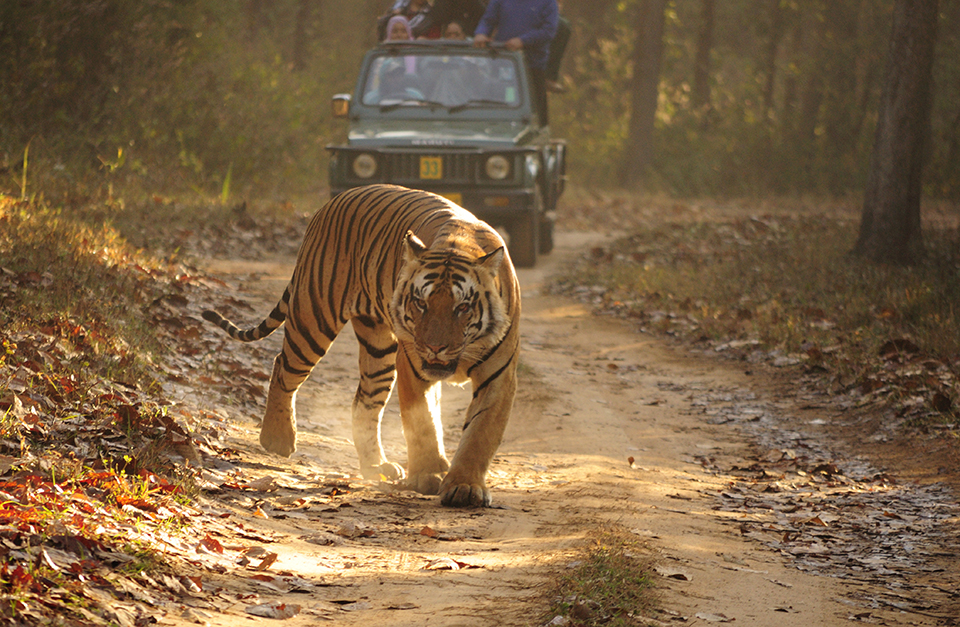

Sprawled across more than 1,945 sq km, Kanha National Park is one of the first national park in India for tiger reserves to work for Project Tiger. Considered one of the national parks of India, it is also a refuge for the Barasingha and is known to be one of the most well maintained National Parks of Asia. It has been divided into two separate parts, Banjar and Hallon, named after the rivers that flow across it. There are separate zones here, including Kisli, Sarhi, Mukki and Kanha Zone.
Tourists can hope to spot a wide variety of animals here, apart from the tiger, such as elephants, jackals, leopards, striped hyenas, monkeys, and several varieties of deer including black buck, swamp deer, chital, and sambhar. Jeep safaris are available for traversing the park.
Best time to visit: November to June.
How to get there: Well connected by road from Nagpur and Jabalpur.
Price: From INR 1200 to 2400, depending upon zone.
10. Ranthambore National Park
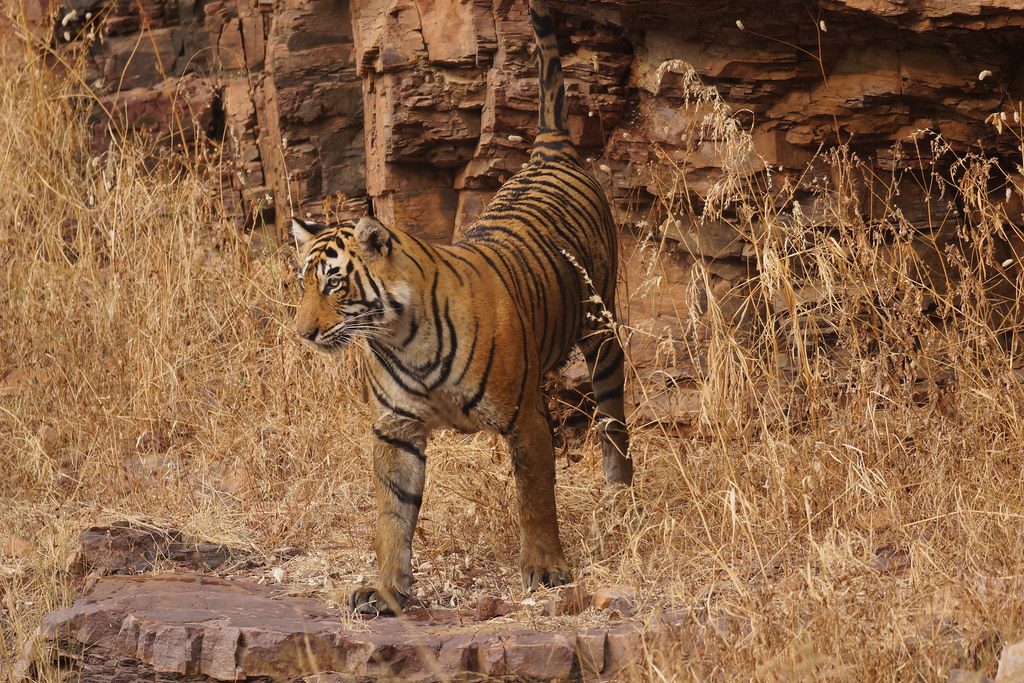

One of the largest national parks in North India, Ranthambore National Park covers an area of 392 sq km. It is a part of Project Tiger and has been a refuge of Royal Bengal Tigers since 1974. The national park also houses a fortress within the park premises, which is a popular attraction for visitors.
Apart from tigers, visitors can also spot other animals such as bears, leopards, jackals, elephants, striped hyena, bison, monkeys and several types of deer. The park is also famed for being home to snakes of different varieties. A unique fact about the tigers of Ranthambore is that they lack fear of humans, and continue hunting even in their presence making it apt for spotting them.
Best time to visit: October to May.
How to get there: Sawai Madhopur is the closest town and well connected via road.
Price: 510 INR for Indians (Canter), 1250 INR for Foreigner (Canter), 750 INR for Indian (Gypsy), 1350 INR for Foreigner (Gypsy).
11. Nagarhole National Park
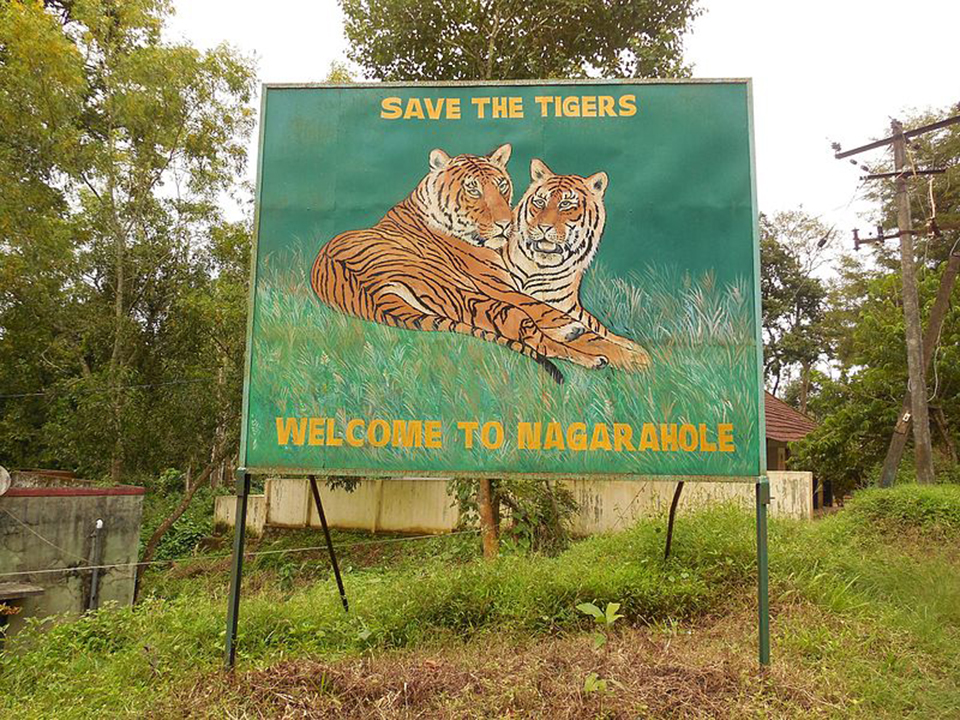
Nagarhole National Park (also known as Rajiv Gandhi National Park), is a national park located in Kodagu district and Mysore district in Karnataka, India.[1] It is one of India’s premier Tiger Reserves along with the adjoining Bandipur Tiger Reserve. This park was declared the thirty seventh Project Tiger, Tiger reserves of India in 1999. It is part of the Nilgiri Biosphere Reserve. The Western Ghats Nilgiri Sub-Cluster of 6,000 km2 (2,300 sq mi), including all of Nagarhole National Park, is under consideration by the UNESCO World Heritage Committee for selection as a World Heritage Site. The park has rich forest cover, small streams, hills, valleys and waterfalls. The park has a healthy predator-prey ratio, with many tigers, Gaur, elephants, Indian leopards, and deer (Chital, Sambar, etc.).
12. Bandipur National Park
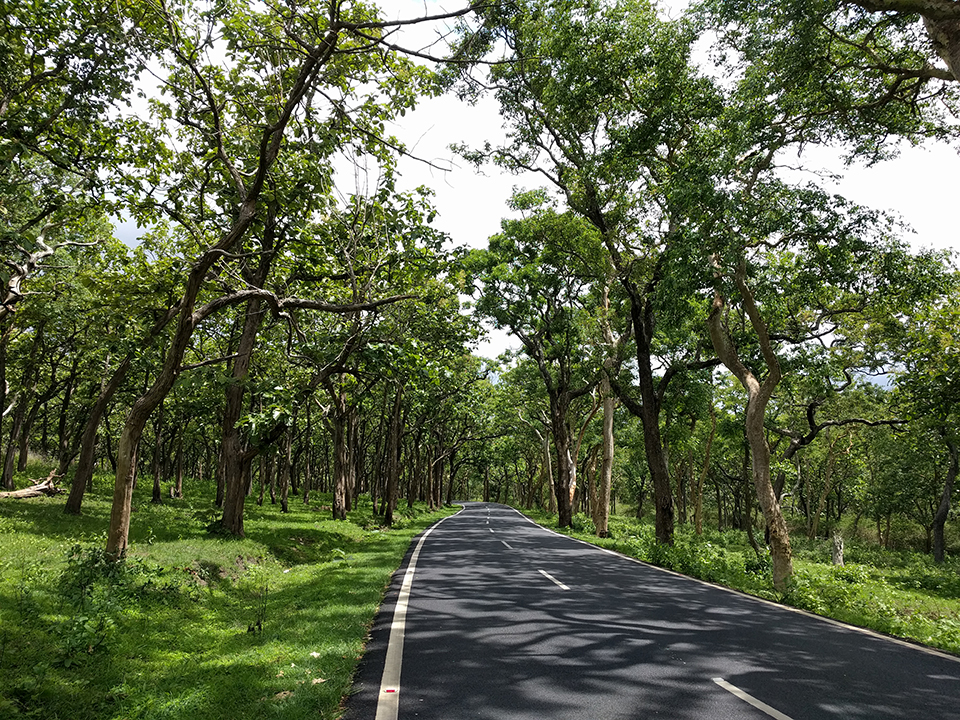
Bandipur National Park established in 1974 as a tiger reserve under Project Tiger, is a national park located in the Indian state of Karnataka, which is the state with the second highest tiger population in India. It is one of the premier Tiger Reserves in the country along with the adjoining Nagarhole national park. It was once a private hunting reserve for the Maharaja of the Kingdom of Mysore but has now been upgraded to Bandipur Tiger Reserve.[1] Bandipur is known for its wildlife and has many types of biomes, but dry deciduous forest is dominant. There is a ban on traffic from 9 pm to 6 am of dusk to dawn to help bring down the death rate of wildlife.
The Balle Elephant Camp is a facility of the Karnataka forest camp inside the Nagerhole national park. It is located between Kerala and Karnataka inside the forest.
Frequently Asked Questions About National Parks In India
Which national park is named after a river? A: Manas national park in Assam is named after the Manas river.
Which national parks in India for tigers? A: Jim Corbett, Sariska National park, Kanha tiger reserve, Nagarhole national park, Kaziranga national park are some of the famous national parks for tigers.
Which are famous national parks in north east India? A: Kaziranga national park, Nampdapha national park, Orang national park, Nameri national park are some of the famous national parks in North-east India.



